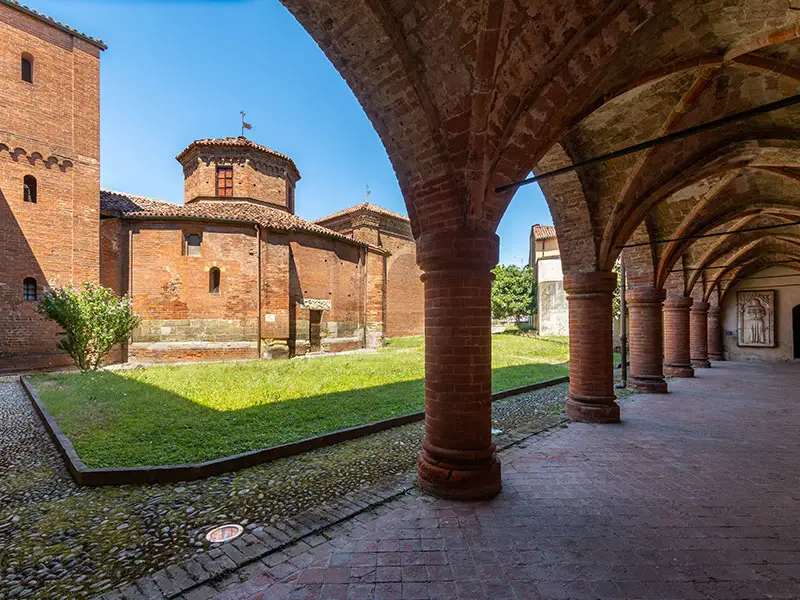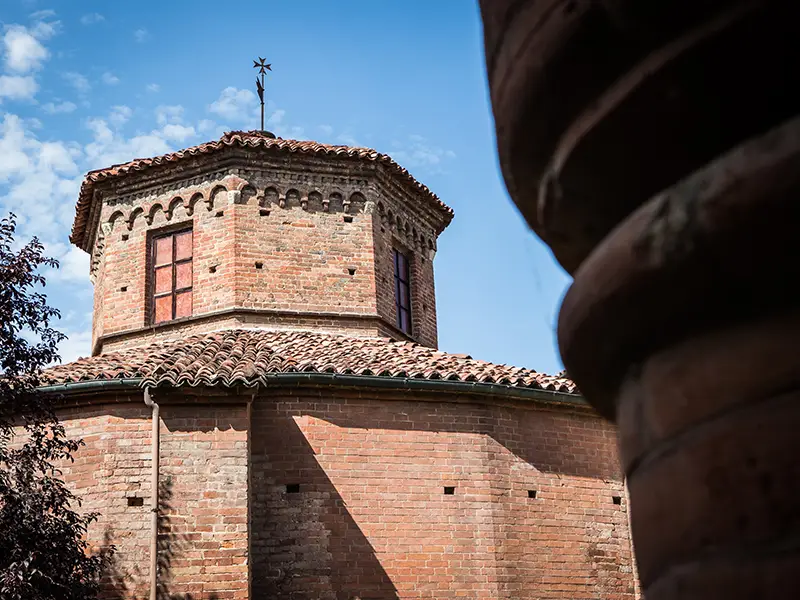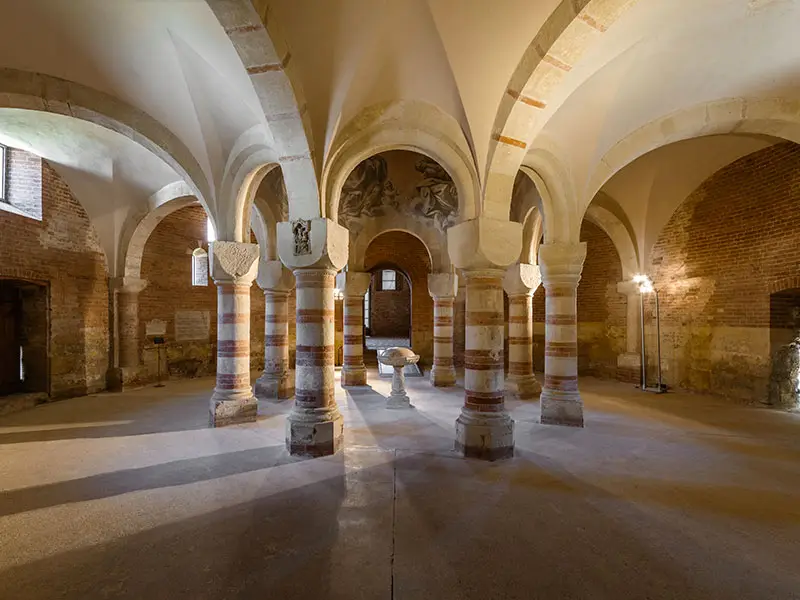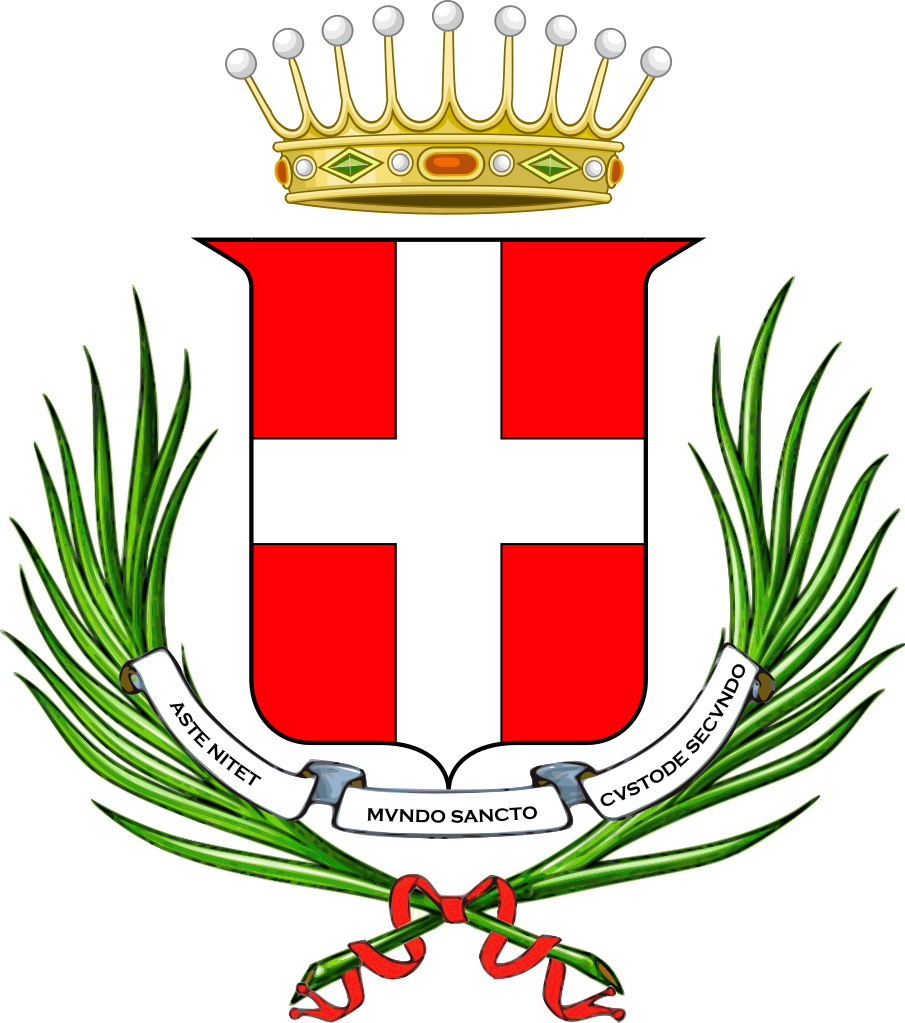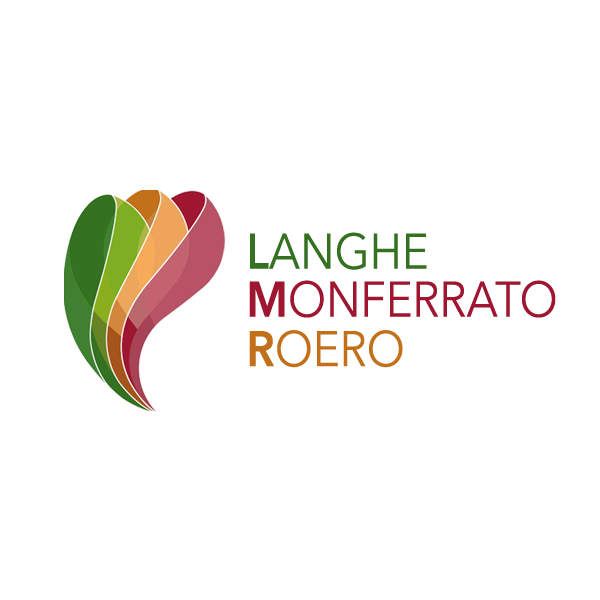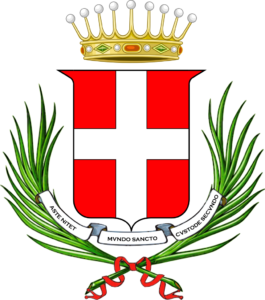Monumental Complex of Saint Peter in Consavia and Archaeological Museum – closed for renovation
The complex includes the Chiesa Rotonda (Rotunda Church), the Cappella Valperga (Valperga Chapel), the cloister, and the priory house.
All the buildings were renovated in 1930 and 1931
It is the seat of the Archaeological Museum
The Rotunda Church of Saint Peter
Built between 1100 and 1130 and originally known as the Baptistery (although it began to act as such after 1741), the Rotonda (Rotunda Church) is one of the most important Romanesque monuments in Asti.
The church is dedicated to the Holy Sepulcher and its central space shape with a high dome and circular ambulacrum masterfully pays homage to the Rotunda of the Holy Sepulcher of Jerusalem, containing inside the aedicule with the tomb of Christ.
The scenographic interior has a circular plan, where eight columns in terracotta alternating with tuff with cubic capitals support the pavilion vault frescoed in the seventeenth century.
The Valperga Chapel
The chapel was built between 1446 and 1467 upon request of the prior Giorgio Valperga.
The square chapel is distinguished by the terracotta friezes visible on the outside, as well as by the fifteen panels located on the frame of the central window. Also noteworthy are the shelves carved with mascarons, on which the ribs of the vault are set and can be admired inside.
The Cloister and the Priory House
The cloister, with circular pillars and cross vaults with a perfect wall texture, assumed an appearance similar to the present one only in the fifteenth century. The premises of the priory house were mostly built during the 1930-31 renovation.
A part of it was destined to the Hospital of the Pilgrims' functions.
Until 1798, the complex was the seat of the Priory of the Gerosolimitani Knights (founded in 1120). When they settled in 1169, the ancient dedication to the Holy Sepulcher was replaced by the title of San Pietro (Saint Peter) in Consavia. The rotunda church then hosted the Paleontologic Fossil Museum , before it was transferred to Palazzo Michelerio .


